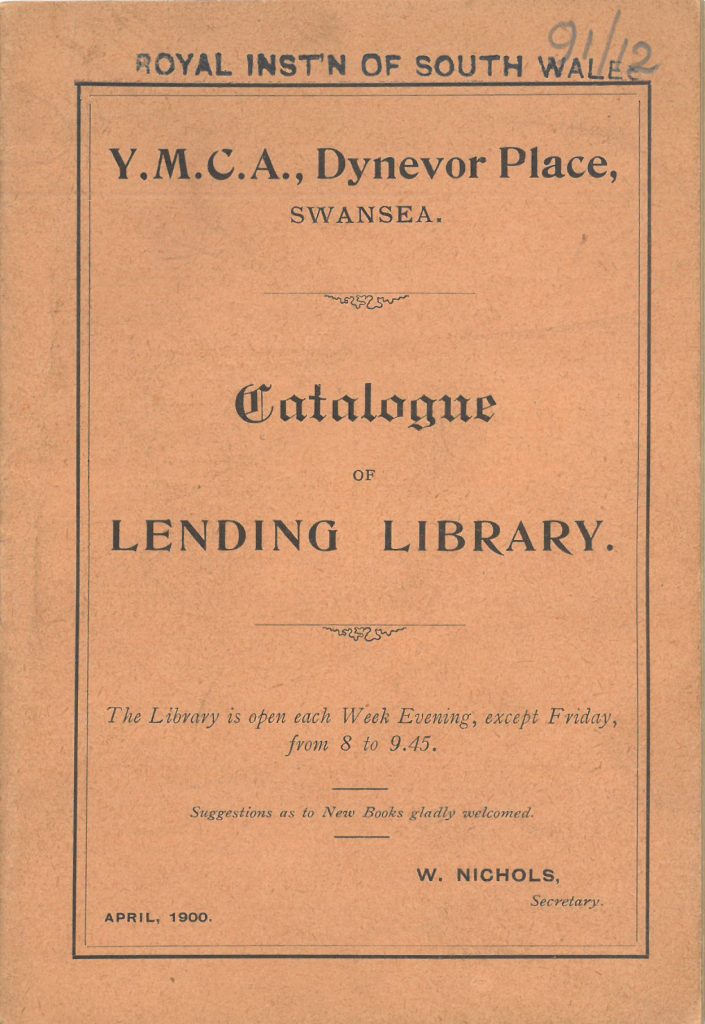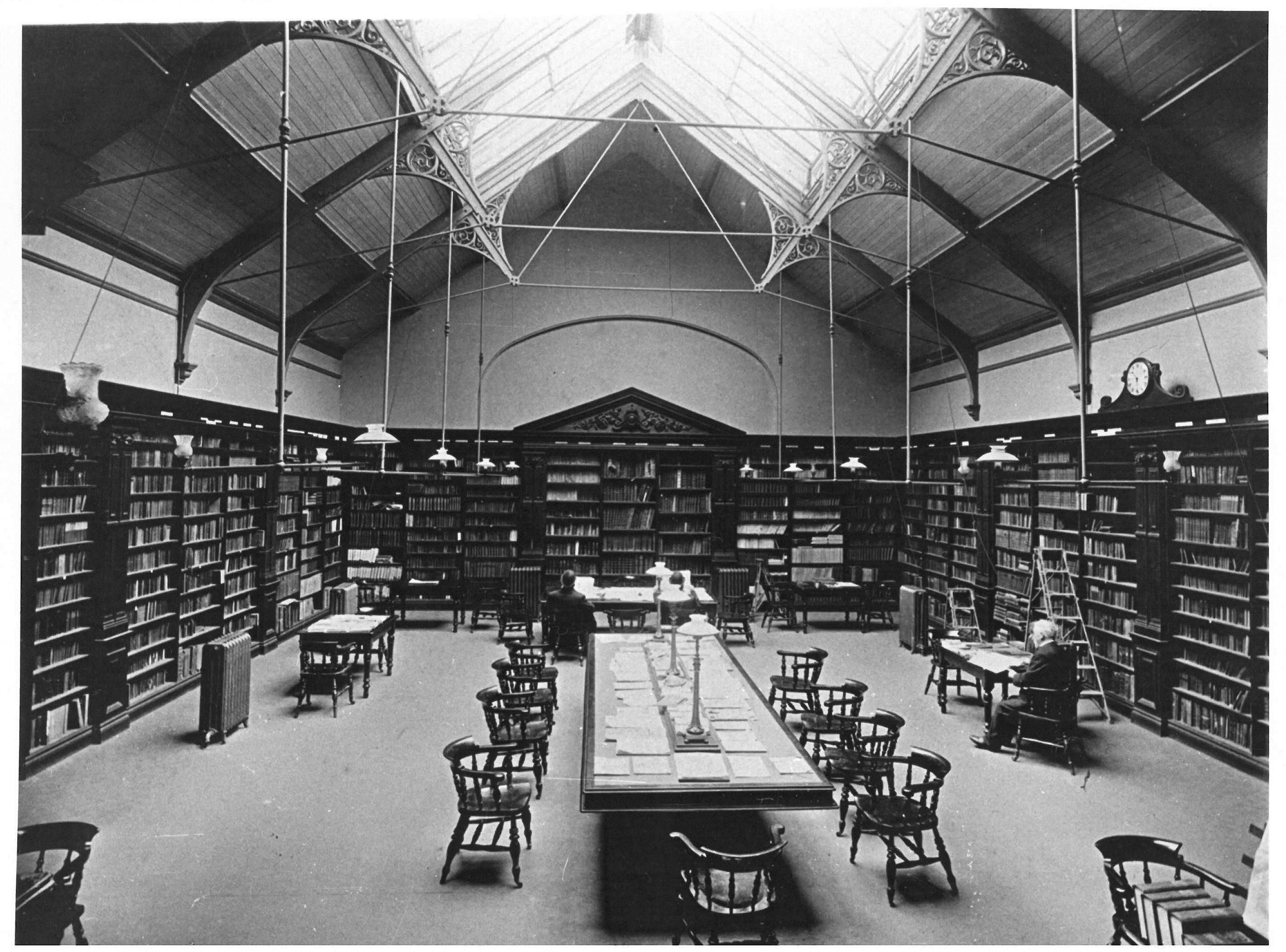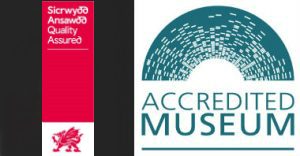Phil Treseder is the Learning and Participation Officer at Swansea Museum and also a Trustee of YMCA Swansea.
Currently researching the history of YMCA Swansea, these blogs highlight objects in the Swansea Museum collection linked to the YMCA along with a few from West Glamorgan Archives.
The eleven blogs will act as a pilot for a potential series of blogs on the YMCA from the substantial history and archive material that belong to the YMCA and provides a fascinating social history of Swansea, which hopefully will begin later in 2022.
Each blog will start with a reference to the collection and a description of the object or document as it appears on the museum or archive record.
YMCA Library Catalogue 1900
Swansea Museum Library Collection
The small A6 booklet is twenty four pages long, with another three pages of adverts. It lists the 699 books available in the lending library of YMCA Swansea in the year 1900. At this time the YMCA was based in Dynevor Place, prior to moving to the purpose built YMCA on the Kingsway which opened in October 1913. The catalogue is divided into seven sections including theology, biography, history, fiction, poetry, voyages and travels and miscellaneous.

The 19th Century saw a considerable expansion in education and learning. Swansea Public Library opened in 1887 on Alexandra Road following the donation of a significant book collection by Deffet Francis.
Prior to this, access to borrowing books was through subscription libraries. In 1815 there were six subscription libraries in Swansea.

The most prestigious library and reading rooms in Swansea would open in 1841, at the Royal Institution of South Wales (RISW), now Swansea Museum.
In 1835 the Swansea Philosophical and Literary Society was formed, which soon gained a Royal Charter to become the Royal Institution of South Wales. In 1841 the building was opened. The downstairs consisted of a lecture theatre, reference library and library and reading room. The reference library is currently staff offices and the main exhibition gallery was the main library and reading room.
This image of the main RISW reading room is from the early 20th century and is now currently the gallery where the natural history collection is displayed.
The initial Swansea YMCA library and reading rooms would have been similar but no doubt smaller, less grand and less books. Unfortunately we are not aware of any surviving photograph.
YMCA Swansea was established in 1868 (or it could be argued 1857, to be covered in a future blog). The primary aim at the time would be to divert young men form the temptations of the town of Swansea such as public houses, theatres and brothels towards Christianity and salvation through Jesus Christ. The police report for example for Swansea in 1888 records nine brothels and sixty five prostitutes in the town.
The primary method would be the provision of a library and reading room. Today the majority of YMCA Swansea staff are Youth and Community Workers, so it may come as a surprise to know that the first paid staff post advertised in the Cambrian Newspaper was for a Librarian in 1872, salary £20 per annum.
The formal opening of the Reading Rooms is described in detail in the Cambrian newspaper on the 19th August 1870. The location in the article is given as the corner of Dillwyn St and Herbert Place.
The report describes them as;
“The very handsome and commodious reading rooms and news club erected by Mr. Henry Jack, the spirited proprietor for the YMCA were formally opened on Monday evening last. The principle room is capable of accommodating upon an emergency some 200 or 250 members and has not only been comfortably but luxuriously fitted up. Through the whole width of the principal room runs a massive mahogany reading table and the comfortable lounges or seats are covered with rich velvet. The fire place is of polished marble and the grates elegant in design”.
The report also quoted the Mayor John Jones Jenkins, Esq as stating;
“There was practically no room in which the young men of the town can congregate together for mental recreation and improvement. The only room which existed was the Royal Institution (Swansea Museum)… and the fees were rather above what the young people could afford to pay”.
The newspaper goes onto record the following newspapers and periodicals which have been subscribed to for the reading rooms. National papers include The Times, Standard, Telegraph, Pall Mall, Punch and Judy. Local papers include the Cambrian, Western Mail, Herald and Journal. Periodicals to include, Sunday magazine, Good Words, Christian Observer, Christian World, Leisure Hour, Edinburgh Quarterly review and the English Mechanic.
The total income required for the reading rooms per annum would be rent £40, taxes £20, librarian £25, light, heat and cleaning £15 and subscriptions £25.
Unfortunately I have not been able to trace a photograph of the original library and reading rooms. Actually identifying the building the rooms were located in was a challenge in itself. The address described or given varied including Herbert Place, St Helens Road and the junction of Dillwyn St and St Helens Road. Herbert Place was the lane running first left off St Helens Road and ending behind what was Peter Allen Estate Agents. Obviously it was in the block of building opposite the current YMCA building.
However, recently a two page leaflet from 1968 celebrating the 100th anniversary emerged with a photograph of the location. The original library and reading rooms was directly opposite and is still there. The upper floor above what is currently Subway and the Lifestyle Express shop.
The YMCA in Swansea the 1870s appeared to have struggled at first. Research is ongoing but it would appear that the aims of the founders were not matching up with the aims and needs of the young men. A new management committee however appears to have turned matters around by the mid-1870s. By the end of the decade they were looking for new and larger premises which they found in the former Normal College building on Dynevor Place in 1882. The new premises had a hall, gymnasium, lounge and of course the library and reading room. The formal opening of the new building by the mayor is reported in the Cambrian on the 2nd February 1883.
In a YMCA newsletter for 1884 `The Record’, a description of the new building is included as follows;
“Young men are most welcome to visit the YMCA in Dynevor Place which adjoins the Tramway Terminus, Gower Street. Open from 9.30am to 10.30pm. The commodious building includes:
Reading Room, light, bright and pleasant, well supported with newspapers, magazines and easy chairs. Lending library, stocked with books on biography, fiction, history, poetry, travel and bible studies
Sitting Room, cosy and comfortable, provided with piano, harmonium, writing tables, chess and draughts
Bagatelle Room
Ping-Pong Room
Secretary’s Office, where lists of lodgings and apartments can be seen. Letters of introductions can be obtained to all parts of the world
Members Bath Room, supplied with hot and cold water and shower bath
Gymnasium, large and well equipped and fitted with hot and cold showers, baths, dressing room and lockers
Social gatherings, lectures etc. take place from time to time. A literary and debating society started last month”.
The library and reading room would continue to be a feature in the current building on the Kingsway opened in 1913. Research is ongoing as to the date of the closure of the library and reading room but it was still a feature during WW2.

